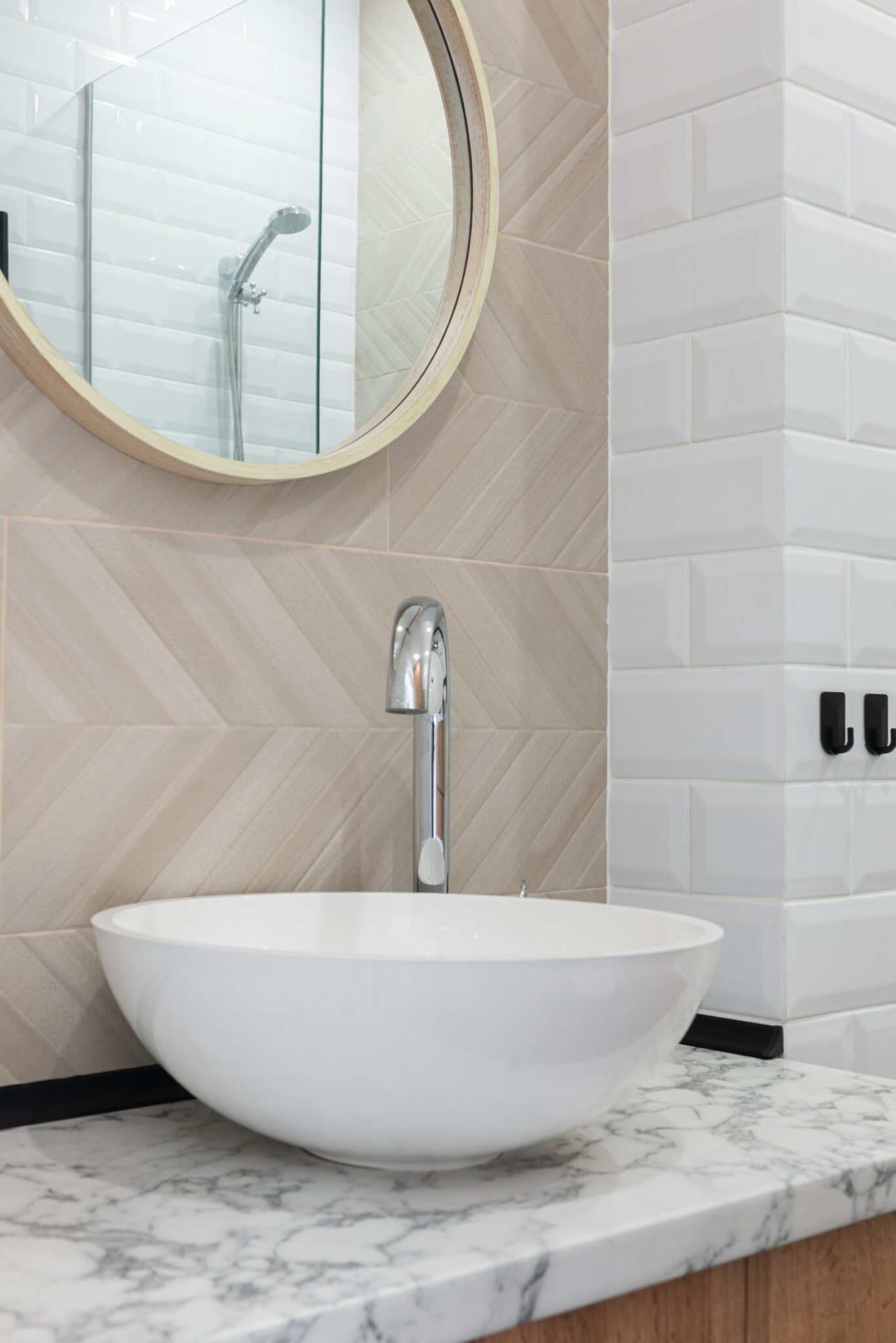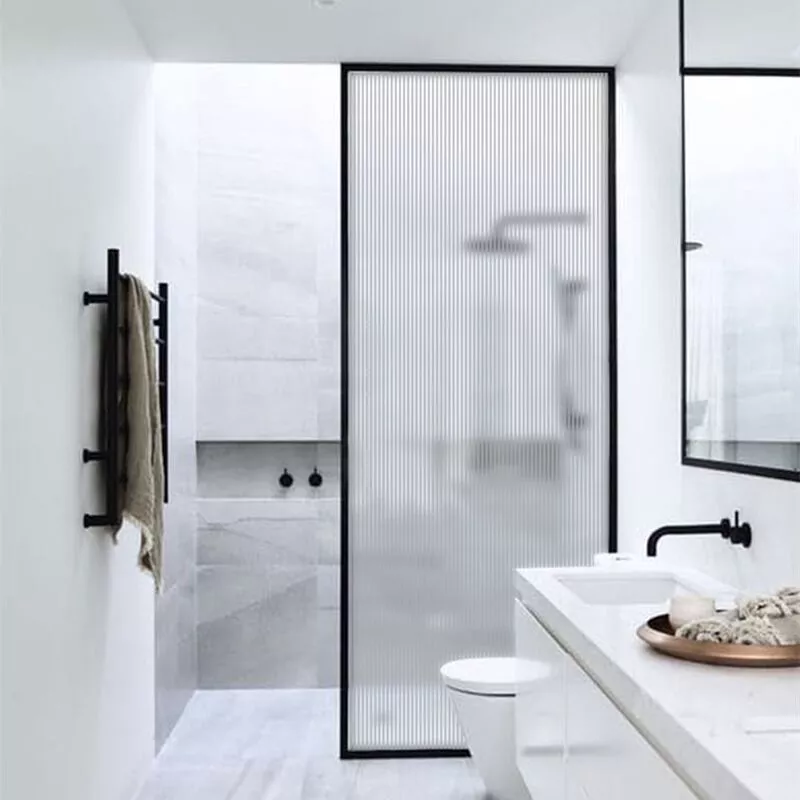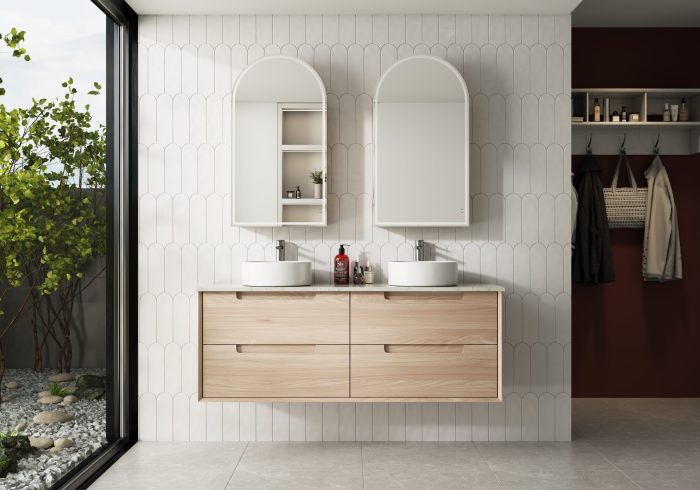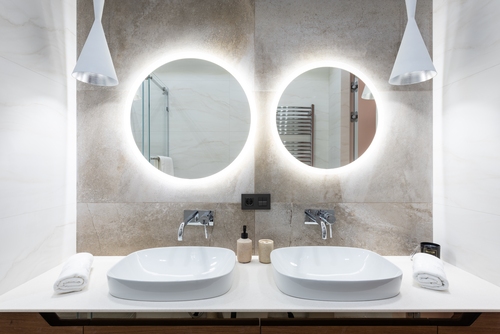
When it comes to renovating your bathroom, selecting the right sink can be a challenging task. With so many options available, it can be overwhelming to choose from the various shapes and sizes. To assist you in making an informed decision, this article will provide an overview of the different types of vanity sinks – from classic to modern styles – that you can consider for your bathroom remodel.
Different Types of Bathroom Vanity Sinks Introduction
There are seemingly endless choices available for bathroom sinks and vanity cabinets. But what bathroom sinks are in style? Some sinks are self-contained; others must be installed in or on a countertop, and some sinks are mounted on a piece of cabinetry. It’s hard to say which one is best. Here are some of the different bathroom types of vanity sinks:
Pedestal Sink
One of the classic bathroom sinks that combines style and functionality. Its elegant design makes it a great focal point, while also hiding the plumbing waste and supply lines. It’s a great choice for older homes and apartments.
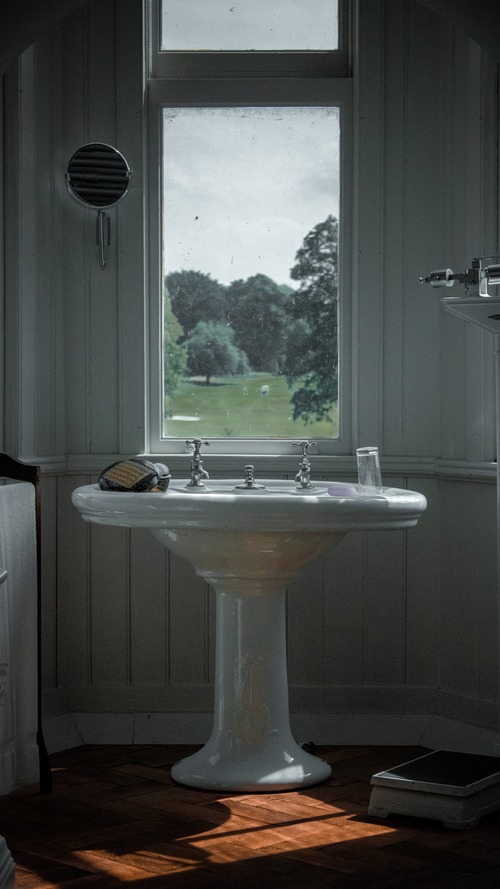
Vessel Sinks
These sinks in bathrooms can be made of materials such as porcelain china, granite, alabaster stone, or blown art glass and can be designed to be both striking and custom-looking. Plumbing waste and supply lines can be concealed in the vanity base or exposed and designed to be visible and attractive.
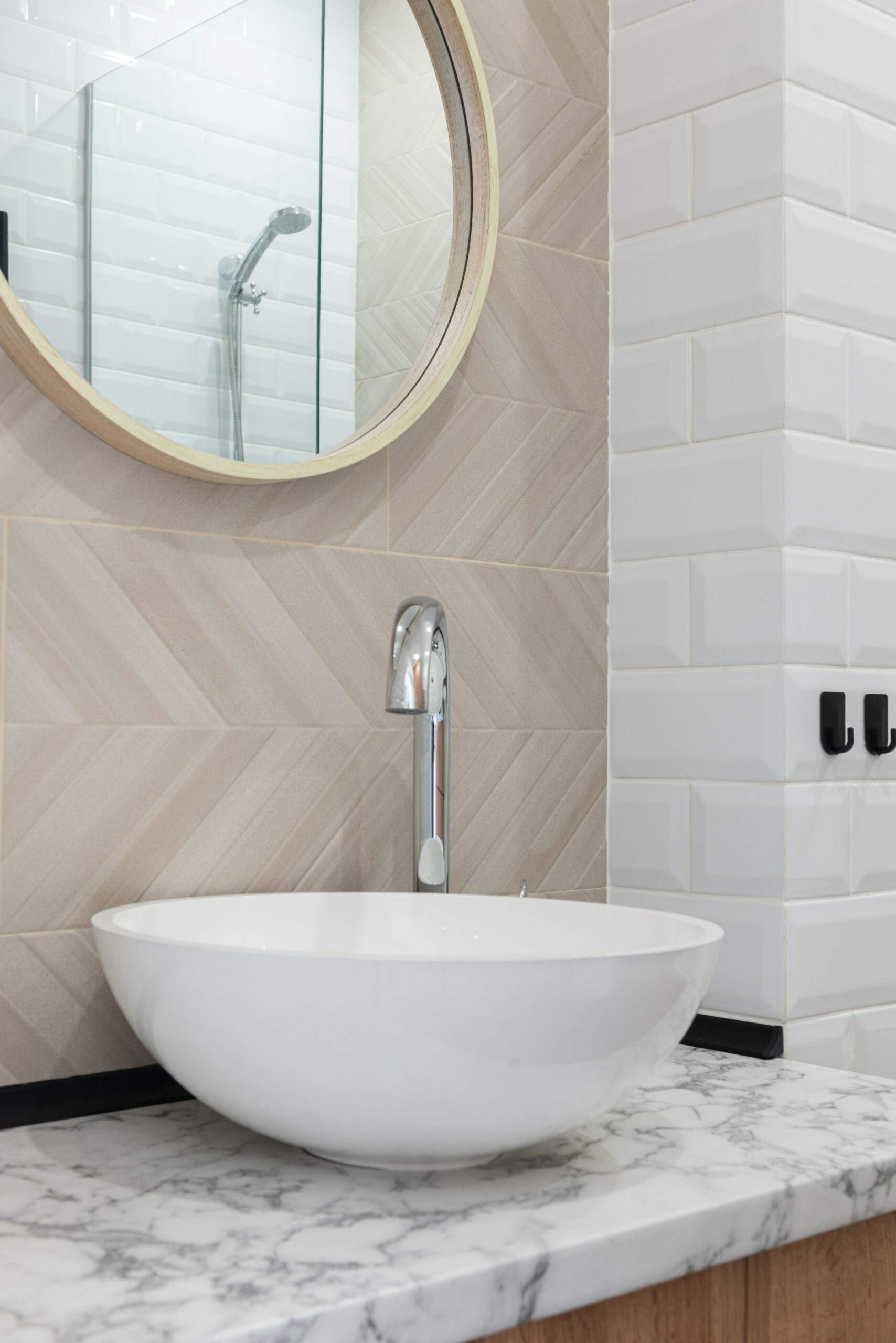
Free Standing Vanity Sinks
They often feature a countertop and faucet and often come with storage. They are perfect for larger bathrooms, as they provide a focal point and extra storage. They are also easy to install, move, and clean. With a free-standing sink, you have more flexibility in designing your bathroom.
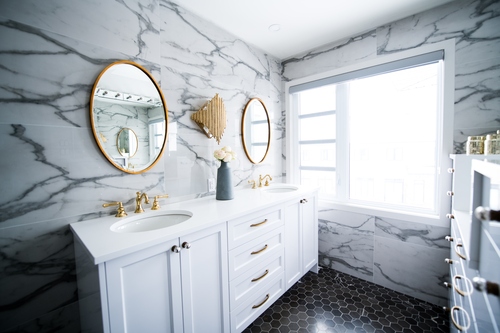
Floating Sinks
This type of wash basin is mounted to the wall and can be customized to fit the size and design of your bathroom. These sinks are perfect for remodels, small or large bathrooms, and powder rooms. They provide ample counter space, add a comfortable height for grooming, and can make the room appear larger.
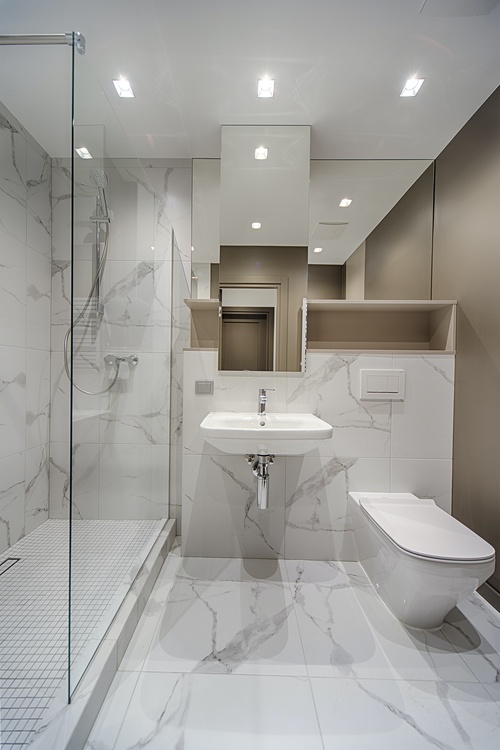
Wall-mounted Sink
They are a space-saving option for small bathrooms. Wall-mounted sink is directly attached to the wall and does not require a separate pedestal for support. This style is easy to install and cost-effective, but the exposed plumbing may not appeal to everyone.
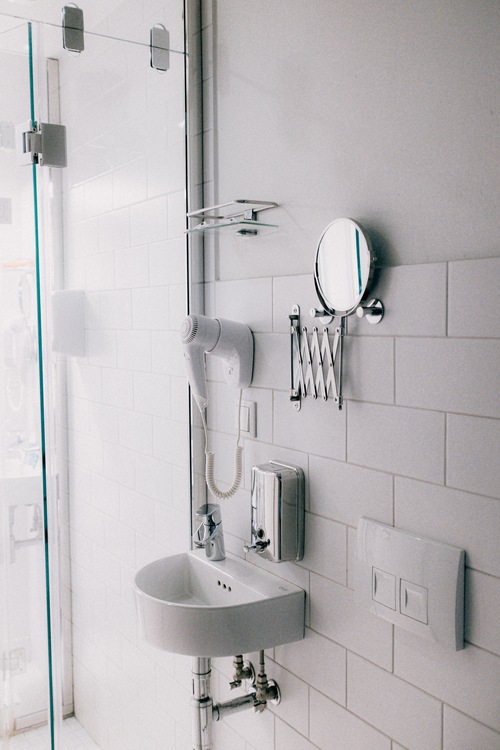
Under-mount Sink
These are modern and smooth options that sit beneath the countertop for a contemporary look. Installation requires support, but it’s easy to clean and saves space. It’s perfect for those seeking a minimalist bathroom design.
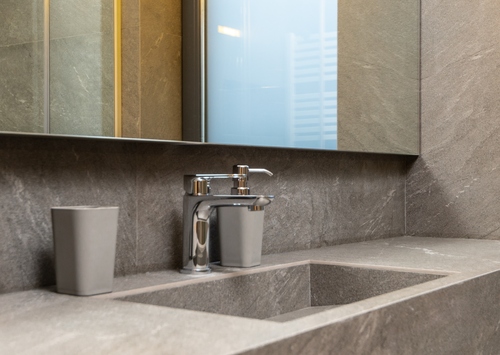
Vanity Cabinets
These are a common choice for bathroom sinks due to their wide range of styles and materials. They provide counter space and conceal plumbing, from budget-friendly options to high-end designs that resemble antique furniture. So the cabinet style is also one of the best choices for bathroom vanity bowls.
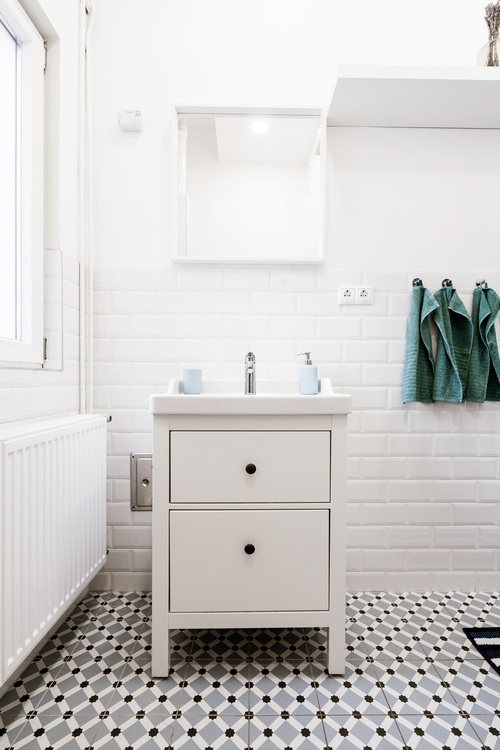
Framed sinks
They are a popular option for vanity countertops. It’s commonly found in older homes and budget-friendly new constructions. It is usually installed on a plastic laminate countertop and has a metal frame around the sink, typically made of cast-iron or porcelain-enamel coating.
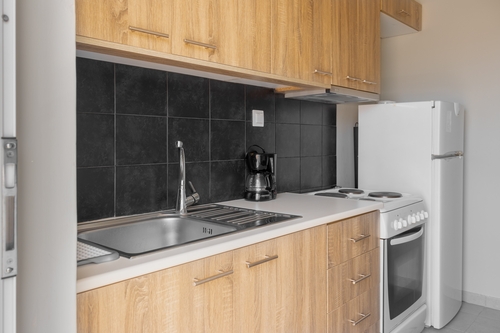
Factors That Should Also Be Considered
Now that you are familiar with the different types of vanity sinks or what bathroom sinks are in style, you should also consider other factors when choosing the right bathroom sinks for you. Here are the several factors that need to be considered:
- Size and Space
- You’ll want to make sure the sink you choose fits in the space you have available and doesn’t overcrowd the room. The layout and flow of your bathroom, and how the sink will fit in with the overall design are vital.
- Style and Design
- The sink should complement the overall style and design of your bathroom. Think about the color, shape, and overall aesthetic of your bathroom, and choose a sink that will enhance the look and feel of the space.
- Material
- Vanity sinks are made from a variety of materials such as ceramic, glass, stainless steel, and stone. Each material has its own unique properties and benefits, such as durability, ease of cleaning, and cost.
- Shape
- The shape of the sink should complement the design of your bathroom and match your personal preference. Consider the overall design of your bathroom, and how the shape of the sink will fit in with the rest of the space.
- Installation
- Some sinks are designed to be installed above the countertop, while others are designed to be mounted underneath. Think about the installation process, as well as the long-term maintenance and upkeep required for the sink.
- Functionality
- Consider the sink’s functionality, such as the number of faucet holes and the depth of the bowl. Think about how you will use the sink, and what features and functions are most important to you.
- Price
- Vanity sinks range in price from budget-friendly options to high-end luxury models. Think about your budget, and choose a sink that fits your price range while still meeting your needs and enhancing the overall look and feel of your bathroom.
Conclusion
In conclusion, there are a variety of vanity sink options to choose from. You can consider and choose depending on your bathroom design and personal preferences. Factors to consider include size, style, shape, and installation method. From the classic drop-in sink to the modern under-mount sink, each option has its own unique benefits and drawbacks. It’s essential to carefully evaluate your bathroom space and needs before making a decision to ensure the best fit for your home.
FAQ about Types of Vanity Sinks
Acrylic bathroom sinks are some of the most durable on the market.
First, they do not chip or crack easily and also resist stains, making them easy to clean and maintain and look like new even after years of use.
Second, acrylic is also known for its heat resistance, so you don’t have to worry about putting a pot or pan down while washing dishes in your sink.
Finally, many acrylic sinks come with an antimicrobial coating which gives them additional bacteria resistance and protection against odors.
The easiest sink to keep clean would have to be a stainless steel one. Not only is it bacteria-resistant, but it’s also scratch and stain resistant. This makes it super easy to maintain – all you need is some dish soap and a soft damp cloth.
Furthermore, stainless steel sinks can withstand the highest temperatures with no problems, which means that burning oils or water that may turn your sink rusty isn’t something you’ll ever have to worry about. So it’s an ideal sink choice for those who want minimal effort for maintenance and cleaning.
Both acrylic and porcelain sinks have their own advantages and disadvantages. Porcelain sinks are more durable and heat-resistant, while acrylic sinks are lightweight, easy to install, and have a glossy finish that is easy to clean. Ultimately, the choice between the two depends on your personal preferences and the specific needs of your bathroom.

